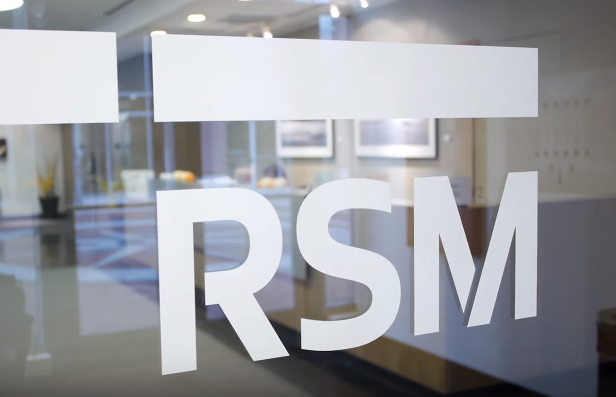U.S. employees are more aware, focused, and motivated to improve their overall financial wellness, according to a new study.
Financial wellness program provider Financial Finesse has released its annual research report on the state of U.S. employee retirement preparedness for 2014. The increase financial awareness is likely the result of more robust workplace financial education and advice, the company said, as well as enhancements to the design of company-sponsored retirement plans. In 2013, 19.7% of employees indicated they were on track to meet their income-replacement goal in retirement, up from 17.4% in 2012 and 16.6% in 2011.
Other key findings from the report include:
- Retirement preparedness varies significantly by demographics, with women in lower income and age demographics at higher risk of not meeting retirement goals. Men, age 55 or higher, making over $100,000 per year are more than four times as likely to report they are on track financially for retirement than women under 45, making less than $60,000 per year.
- Repeat users of financial wellness programs show significantly more progress in retirement preparedness than non- or one-time users. Those who used Financial Finesse’s online financial wellness assessment on an ongoing basis increased their retirement plan preparedness by a magnitude of 76%.
- Employees are currently grappling with increased levels of economic and political uncertainty. This is jeopardizing the progress they made in 2013. While retirement preparedness steadily improved from 2011 to 2013, it has progressively declined in the first three quarters of 2014. The declines appear to be correlated with declines in investment confidence, particularly among the Millennial generation, which is facing record high student loan debt and a general lack of trust in the market due to setbacks they witnessed during the recession.
According to Liz Davidson, CEO and founder of Financial Finesse, “The uncertainty is an emerging problem, and one that both employers and employees will need to proactively address.” She adds that her team of financial educators is increasingly working with employees who actually have sufficient assets to retire, but are so concerned about the future that they are opting to work longer.
As a result, the firm’s Think Tank of Certified Financial Planner™ professionals has created a new model to address retirement planning, which is centered around their findings that there are three distinct groups of employees likely to delay retirement unless they get ongoing financial guidance:
- The Uncertain: Employees are overly conservative due to economic and political uncertainty and need to be shown that they in fact do have enough to retire provided they make wise distribution, spending, and insurance decisions going into retirement.
- The Underfunded: Those who are not on track financially for retirement and need a holistic financial wellness program to help them better manage their day-to-day expenses so they can afford to save more for retirement.
- The Unknowns: Those who simply don’t know whether or not they are on track financially for retirement and need what Davidson calls a “wake-up” call where they can sit down with a Certified Financial Planner™ professional and run a retirement plan projection to find out where they stand, and what changes they need to make or next steps they need to take to progress towards retirement. Fifty percent of employees age 55 and older fall into this group, as do the majority of employees in all other age groups.
While the three groups of employees all need different education, Greg Ward, director of the firm’s Think Tank, notes they do have a few key things in common. They cost their employers, on average, $10,000-$50,000 per year for every year they delay retirement for financial reasons.
They also need to run retirement projections at least annually, and the vast majority need ongoing support to assess their current situation, ensure they address the gap between where they are now and where they need to be to retire comfortably, and build their confidence so that they are comfortable retiring when they are emotionally ready to do so.
Thanks for reading CPA Practice Advisor!
Subscribe Already registered? Log In
Need more information? Read the FAQs
Tags: Benefits, Financial Planning, Firm Management, Payroll



